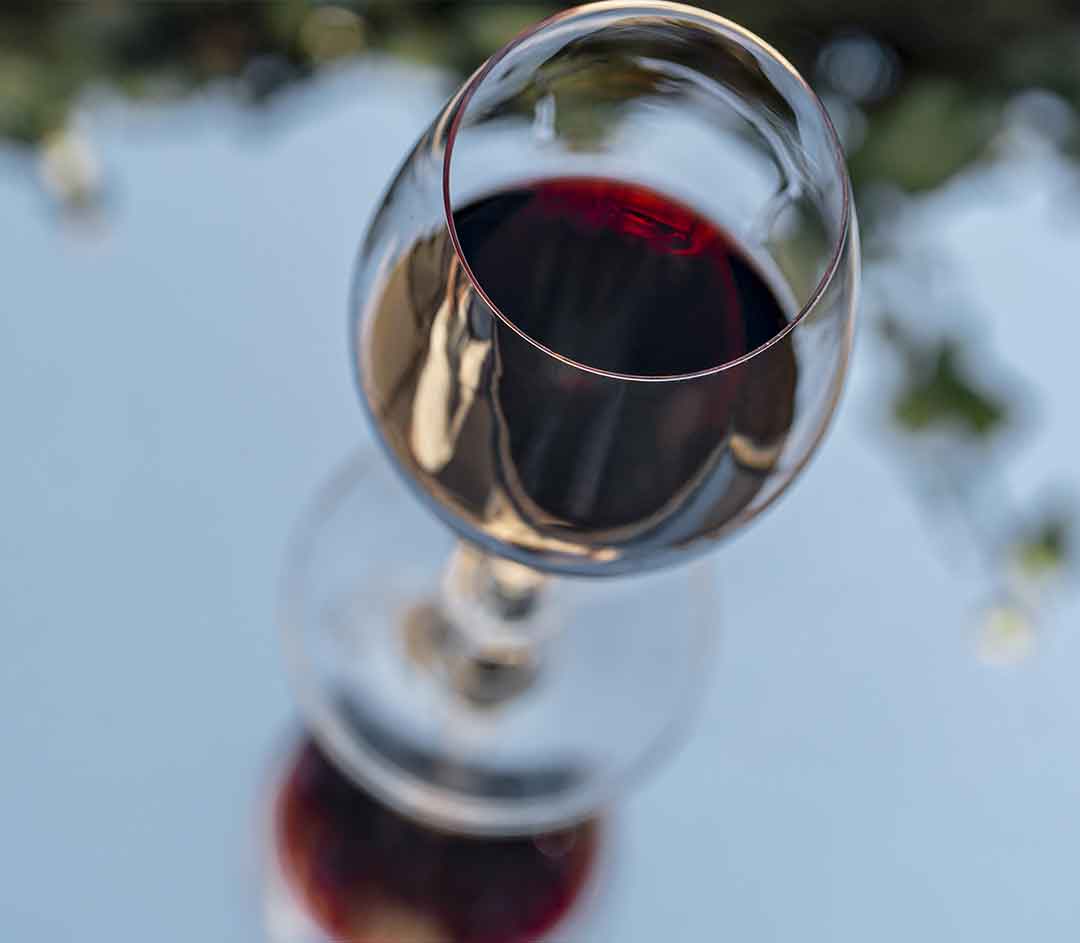
Serving a wine involves a series of steps which, if properly carried out, highten the pleasure one can enjoy from the wine. Without going into detail, here are some of the aspects that we consider important:
Choose and buy

Storage
The conditions under which a wine is stored or kept are very important if you wish to preserve the characteristics of the wines and guarantee that they will age in an appropriate manner.
Accordingly, your cellar or storage space must ensure that:
How to Serve a Wine
The first step is to remove the capsule, if there is one, by cutting it immediately below the cork with a knife or appropriate device. Next, clean the neck of the bottle and remove the cork. Your corkscrew should have a long screw so that you can remove the cork without breaking it.
There is a technique that uses hot tongs for very old wines with very bad corks. After applying the hot tongs, ice water is poured over the neck of the bottle to create a thermal shock that ought to break the glass cleanly, above the bottom of the cork, to prevent small bits of glass from falling into the wine. This is a very complicated technique that is only recommended for use by experts.
Decanting
Decanting is the term used for pouring wine from a bottle into a crystal decanter. There are two situations in which one may wish to decant a wine: in the case of wines that have aged in bottle and will thus throw a deposit, and in the case of young red wine and some white wines that will benefit from airing when the wine is poured from the bottle into the decanter.
The need to air wines that have not thrown a deposit is a controversial issue. Some say that the wines will breathe in the decanter and others say that this “airing” may cause the wine to lose its freshness and fruit.
Tasting and glasses
Rules of order for tasting wines:
|
As to types |
Whites -> Reds |
|
As to quality |
Poor -> Average -> Good -> Great |
|
As to body |
Thin -> Full-bodied |
|
As to age |
Young -> Aged |
|
As to degree of sweetness |
Dry -> Smooth -> Sweet |
Recommended Temperatures:
WHITE WINES
|
TYPES |
TEMPERATURE (ºC) |
|
Light and acid |
6 to 9 |
|
Exuberant |
8 to 10 |
|
Full-bodied, woody |
14 to 16 |
ROSÉ WINES
|
TYPES |
TEMPERATURE (ºC) |
|
All, generally speaking |
6 to 9 |
RED WINES
|
TYPES |
TEMPERATURE (ºC) |
|
Light and fruity |
12 to 14 |
|
Moderately full-bodied |
14 to 16 |
|
Full-bodied, tannic, aged |
16 to 18 |
SPARKLING WINES
|
TYPES |
TEMPERATURE (ºC) |
|
Brut |
6 to 12 |
|
Demi-sec |
4 to 8 |
|
Sweet |
4 to 8 |